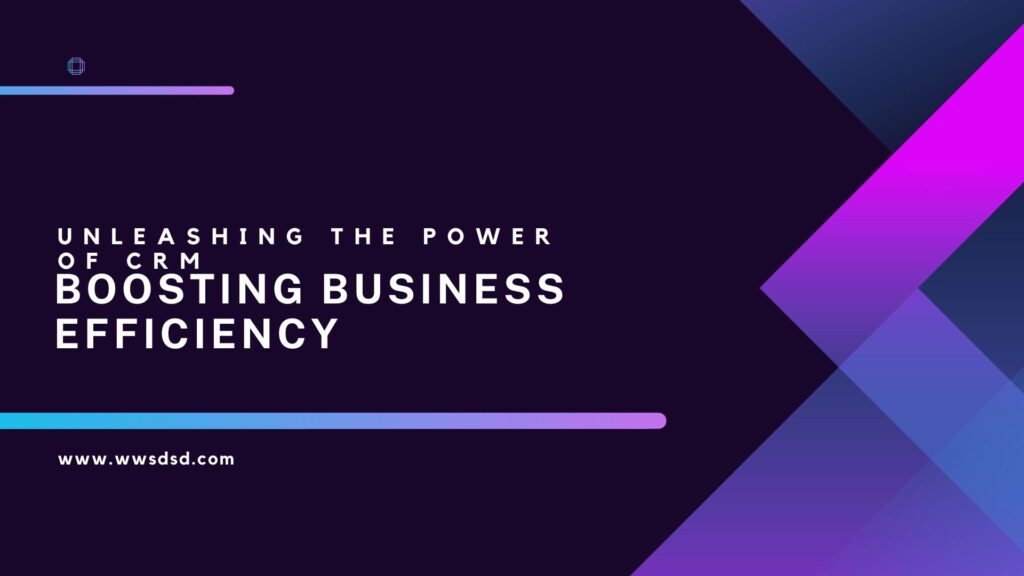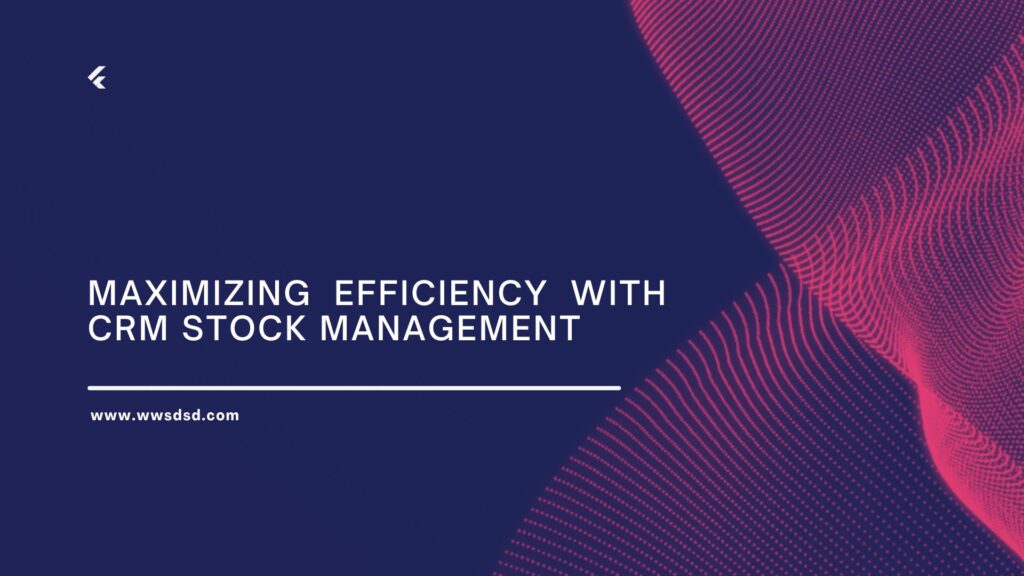In Today’s Dynamic Business Landscape, Efficiency and Resource Optimization Are Keys to Success
Two technological tools stand out in this context: Customer Relationship Management (CRM) and Enterprise Resource Planning (ERP) systems. While they’re often confused, they serve distinct—yet complementary—functions and objectives. When implemented correctly, they can drive exponential growth for any organization. This comprehensive guide explores both CRM and ERP in depth, unpacking their features, benefits, and use cases so you can determine which solution—or combination—is ideal for your business.
1. Understanding CRM: Customer Relationship Management in the 21st Century
A CRM system is designed to manage and analyze interactions with current and potential customers. Its primary goal is to improve customer relationships, automate sales and marketing processes, and ultimately increase revenue. Imagine a centralized system that stores all relevant customer information—purchase history, preferences, support interactions, and more. That’s the essence of a CRM.
Key CRM Functions:
- Contact Management: Organizing and segmenting leads and existing customers.
- Marketing Automation: Creating and sending email, SMS, and other campaigns in a segmented and automated way.
- Sales Management: Tracking the sales cycle from prospecting to closing, with tools to manage opportunities and forecast revenue.
- Customer Service: Managing support tickets, tracking inquiries, and resolving issues for more efficient and personalized service.
- Analytics & Reporting: Generating reports to analyze marketing and sales performance, as well as customer satisfaction.
Benefits of Implementing a CRM:
- Improved customer satisfaction through personalized and efficient service.
- Increased sales by identifying opportunities and effectively managing the sales cycle.
- Optimized marketing processes with segmented, automated campaigns and higher ROI.
- Greater operational efficiency by automating repetitive tasks and reducing errors.
- Better decision-making through data analysis and customer behavior insights.
Popular CRM platforms include Salesforce, HubSpot, Zoho CRM, and Microsoft Dynamics 365. Choosing the right CRM depends on your company’s specific needs, including size, industry, and budget.
2. Decoding ERP: The Backbone of Business Management
An ERP (Enterprise Resource Planning) system integrates all aspects of an organization—from human resources to the supply chain. Unlike CRM, which focuses on customer relationships, ERP is centered on internal business management, offering a holistic view of operations.
Key ERP Functions:
- Financial Management: Accounting, budgeting, cost control, and financial reporting.
- Human Resources (HR): Payroll, recruitment, training, and employee evaluation.
- Supply Chain Management: Production planning, inventory management, purchasing, and logistics.
- Project Management: Planning, tracking, and controlling projects.
- Production Management: Planning and controlling production, including quality management.
Benefits of Implementing an ERP:
- Improved operational efficiency through process automation and error reduction.
- Greater data visibility with real-time access and more informed decision-making.
- Enhanced collaboration across departments through system integration.
- Cost reduction by optimizing processes and minimizing waste.
- Scalability and growth through adaptability to changing business needs.
Examples of ERP systems include SAP, Oracle NetSuite, Microsoft Dynamics 365 (which also offers ERP solutions), and Odoo. Selecting the right ERP requires a thorough analysis of your company’s specific needs, considering size, complexity, and strategic goals.
3. CRM and ERP: A Powerful Synergy
Though distinct, CRM and ERP can be integrated to create an even more powerful solution. Integration allows data sharing between both systems, offering a complete view of the business and its customer interactions. For example, sales data from CRM can inform production forecasts in ERP, while inventory data from ERP can help personalize offers in CRM.
This integration enables:
- Better demand forecasting by combining sales and inventory data.
- Greater supply chain efficiency through production optimization based on real demand.
- Personalized customer experiences with more relevant products and services.
- Enhanced visibility into customer profitability by analyzing acquisition costs and lifetime value.
- More strategic decision-making based on a complete view of the business and market interactions.
4. Key Considerations for Implementing CRM and ERP
Successfully implementing a CRM or ERP requires careful planning and precise execution. Crucial factors to consider include:
- Needs Assessment: Clearly identify your company’s needs before choosing a system.
- Vendor Selection: Evaluate different providers and choose the one that best fits your business.
- System Integration: Ensure compatibility with existing systems.
- Staff Training: Train your team to use the new system effectively.
- Maintenance & Support: Have a plan in place to ensure ongoing system performance.
Conclusion: The Path to Efficiency and Growth
Both CRM and ERP systems are essential tools for businesses seeking to optimize operations and improve profitability. While each focuses on specific areas, their complementarity offers a powerful synergy that can drive exponential growth. Success lies in careful planning, selecting the right system, and executing a thoughtful implementation.
Remember, choosing between a CRM, an ERP, or integrating both depends on your company’s unique needs and goals. Analyze your processes, identify areas for improvement, and choose the technology that will help you reach your growth and efficiency targets. Don’t hesitate to seek professional guidance to make the best decision for your business. Investing in these technologies is an investment in your company’s future.

